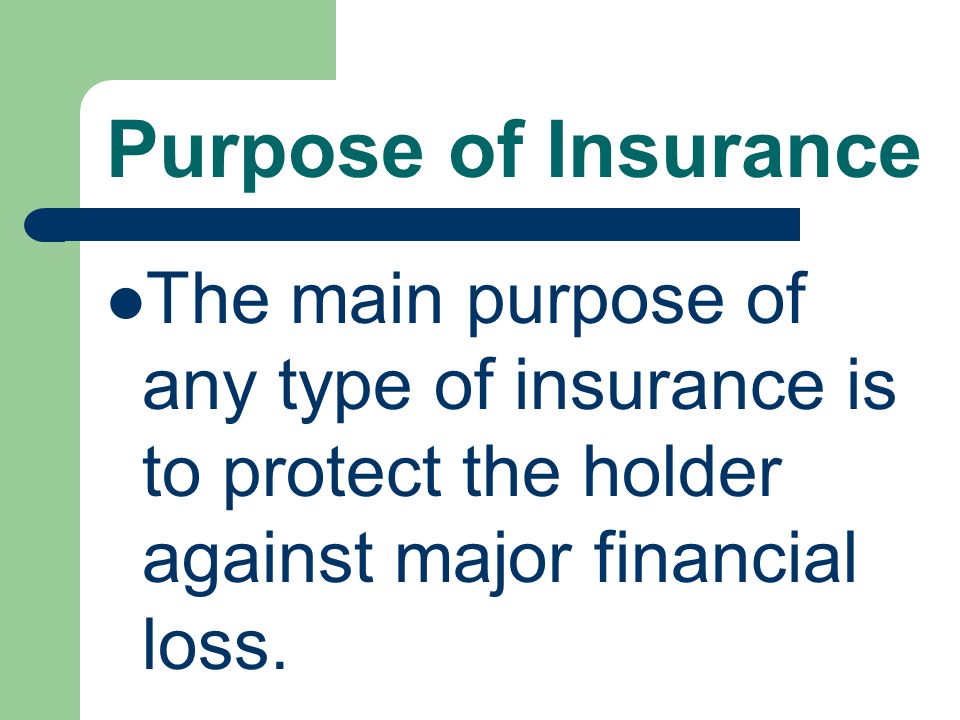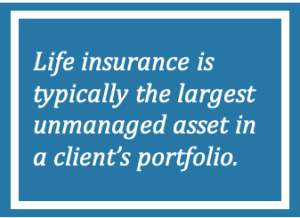Some Ideas on Pacific Prime You Should Know
Table of ContentsGet This Report about Pacific PrimePacific Prime - QuestionsThe Main Principles Of Pacific Prime 7 Easy Facts About Pacific Prime Described
In most states, the insurance company is needed to send you a copy of the changes to your policy. It is essential that you read Recommendations or Motorcyclists so you understand exactly how your plan has changed and if the plan is still appropriate to meet your demands. To acquire a copy of your insurance plan, please contact your insurance policy representative or business.
The Institute of Medication (IOM) Board on the Effects of Uninsurance launches an extended examination of evidence that addresses the relevance of wellness insurance policy protection with the publication of this record. Insurance coverage Matters is the very first in a series of 6 reports that will certainly be released over the following 2 years recording the truth and repercussions of having actually an estimated 40 million individuals in the USA without health insurance coverage.

Pacific Prime Things To Know Before You Buy
The goal of this collection of researches is to redouble plan attention on a longstanding problem. Following the lengthiest financial expansion in American history, in 1999, an approximated one out of every 6 Americans32 million grownups under the age of 65 and even more than 10 million childrenremains uninsured (Mills, 2000).

10 percent of the population make up 70 percent of health and wellness care expenses, a correlation that has actually remained continuous over the previous 3 decades (Berk and Monheit, 2001) - global health insurance. Therefore wellness insurance proceeds to offer the feature of spreading risk even as it increasingly funds routine care. From the perspective of health and wellness treatment carriers, insurance coverage brought by their individuals helps protect a revenue stream, and communities gain from financially viable and stable healthcare practitioners and organizations
Federal government offers medical insurance to populaces whom the personal market may not offer properly, such as impaired and seniors, and populaces whose access to healthcare is socially valued, such as children and expectant women. The supreme ends of wellness insurance coverage for the individual and communities, consisting of workplace areas of workers and employers, are improved wellness end results and lifestyle.
Rumored Buzz on Pacific Prime
Workers rate medical insurance first by far in value among all the benefits offered in the workplace (Salisbury, 2001). Although there have actually been sizable investments of personal and public funds to give health and wellness insurance policy, numerous individuals still have no insurance coverage. Regardless of considerable coverage of study findings and healthcare research results, the basic public stays overwhelmed and misinformed about Americans without health and wellness insurance and the implications of doing not have coverage.

Without doubt, the intricacy of American healthcare funding mechanisms and the wide range of sources of information add to the public's complication and hesitation about health and wellness insurance coverage statistics and their analysis. This report and those that will follow purpose to boil down and present in readily understandable terms the considerable research that bears upon questions of medical insurance protection and its importance.
Fifty-seven percent of Americans polled in 1999 believed that those without medical insurance are "able to get the care they require from medical professionals and hospitals" (Blendon et al., 1999, p. 207). In 1993, when nationwide attention was concentrated on the troubles of the without insurance and on pending wellness care regulation, just 43 percent of those surveyed held this belief (Blendon et al., 1999).

They check it out likewise get fewer precautionary solutions and are much less likely to have routine look after persistent conditions such as hypertension and diabetes mellitus. Chronic conditions can cause costly and disabling complications if they are not well managed (Lurie et al., 1984; Lurie et al., 1986; Ayanian et al., 2000). One national study asked greater than 3,400 grownups about 15 very severe or morbid problems.
All About Pacific Prime
Added evidence is presented later in this chapter in the conversation of insurance policy and access to wellness treatment. https://www.metal-archives.com/users/pacificpr1me. Individuals without health insurance policy are young and healthy and balanced and pick to go without insurance coverage. Practically fifty percent (43 percent) of those evaluated in 2000 believed that people without medical insurance are much more most likely to have illness than individuals with insurance
Voters and policy manufacturers in emphasis group discussions characterize those without insurance policy as youths that have the possibility to be covered and feel they do not need it (Concierge Novelli, 2001). Contrasted to those with at the very least some exclusive insurance coverage, the without insurance are less likely to report remaining in outstanding or excellent health and wellness (Firm for Medical Care Research and High Quality, 2001).
SOURCE: Facility for Cost and Funding Research Studies, Firm for Healthcare Study and High quality, based upon MEPS information. Youthful adults between 19 and 34 are even more likely to do not have medical insurance than any kind of various other age team. This is primarily because they are less frequently qualified for employment-based insurance policy due to the nature of their job or their short tenure in it.
The assumption that people without insurance have better-than-average health adheres to from confusing the reasonably young age account of the without insurance with the much better health and wellness, usually, of more youthful persons. This obscures the link between wellness condition and health and wellness insurance policy. For those without access to office wellness insurance coverage, bad health is a potential barrier to buying nongroup protection due to the fact that such protection may be extremely priced, exclude pre-existing conditions, or be merely unavailable.